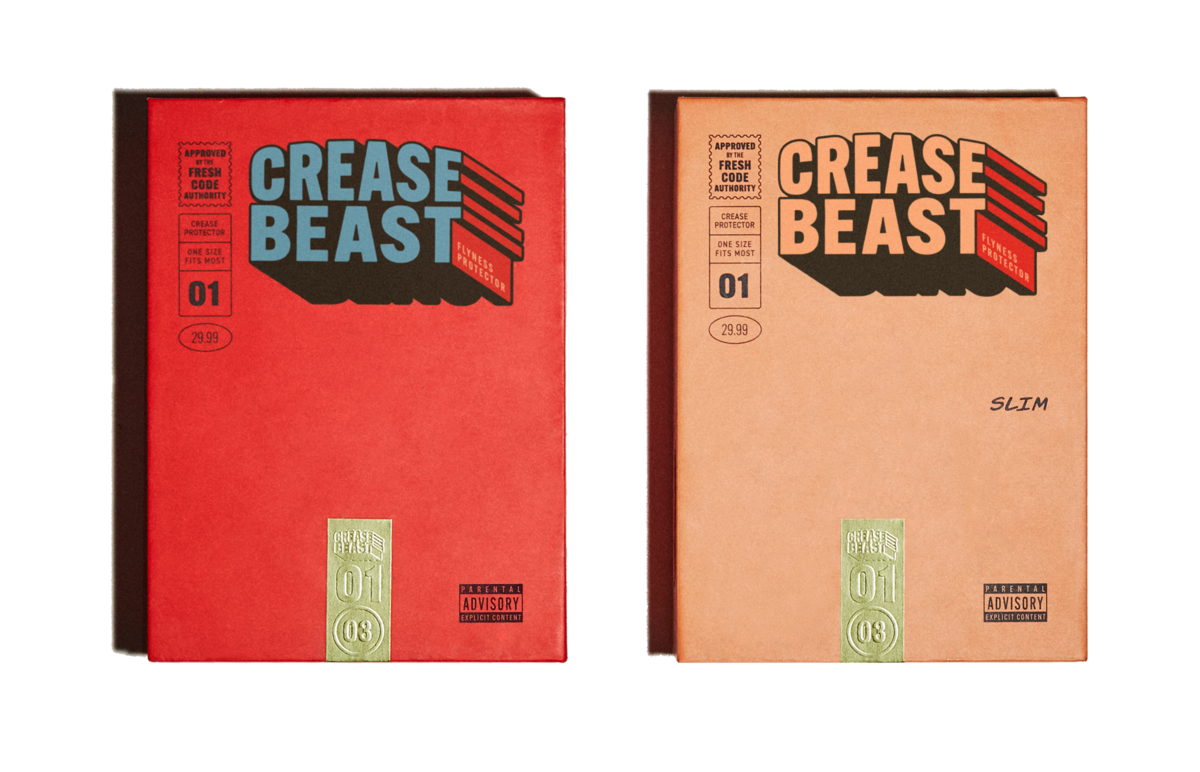Historical Evolution of Shoe Creases
In the world of footwear, the evolution of shoe creases is a fascinating journey that reflects not only the wear and aging of our beloved shoes but also the historical context in which they exist. The creases on a shoe can tell a story, marking the passage of time and the experiences of its wearer.
Through the ages, shoes have undergone various changes in design, materials, and manufacturing techniques, all of which have had an impact on how they crease. These creases, whether subtle or prominent, are not just aesthetic features but also functional indicators of a shoe's comfort and flexibility.
One key factor in the historical evolution of shoe creases is the type of footwear itself. Different styles of shoes, such as oxfords, loafers, or boots, have unique construction and design elements that influence how they crease over time. For example, formal dress shoes with stiff leather uppers tend to develop more pronounced creases compared to casual sneakers with flexible canvas or leather uppers.
Another important aspect to consider is the wear and tear that shoes experience over time. Regular use, walking on different surfaces, and exposure to environmental factors all contribute to the formation of shoe creases. A shoe that has been well-worn, bearing the imprints of its owner's movement, is a testament to its durability and longevity.
Furthermore, the aging process of footwear itself plays a significant role in the development of creases. As shoes age, the materials they are made of undergo subtle changes, such as the softening of leather or the loosening of glue bonds. These transformations can affect how the shoe creases, creating unique patterns that are specific to each pair.
However, it is worth noting that shoe creases are not always considered desirable by everyone. Some shoe enthusiasts prefer their footwear to remain pristine and crease-free, symbolizing a level of care and attention to detail. In such cases, methods like shoe tree usage or regular conditioning can help minimize the formation of creases.
The historical evolution of shoe creases is not without its challenges. Manufacturers must strike a delicate balance between creating shoes that are visually appealing and ensuring they are comfortable and functional. Too many creases can give a shoe a worn-out appearance, while too few can compromise flexibility and comfort.
When making decisions about shoe creases, it is crucial to consider the impact on the overall design and aesthetics. Creases can add character and personality to a shoe, emphasizing its unique history and journey. However, they can also detract from a shoe's visual appeal, particularly when they become excessively deep or uneven.
In conclusion, the historical evolution of shoe creases is a captivating subject that intertwines fashion, functionality, and personal experiences. Understanding the key factors that influence how shoes crease, including the type of footwear, wear and aging, allows us to appreciate the complex nature of this phenomenon. Whether you embrace the natural creases as a testament to a shoe's journey or strive to keep your footwear pristine, the story that shoe creases tell is an integral part of the fascinating world of footwear.
